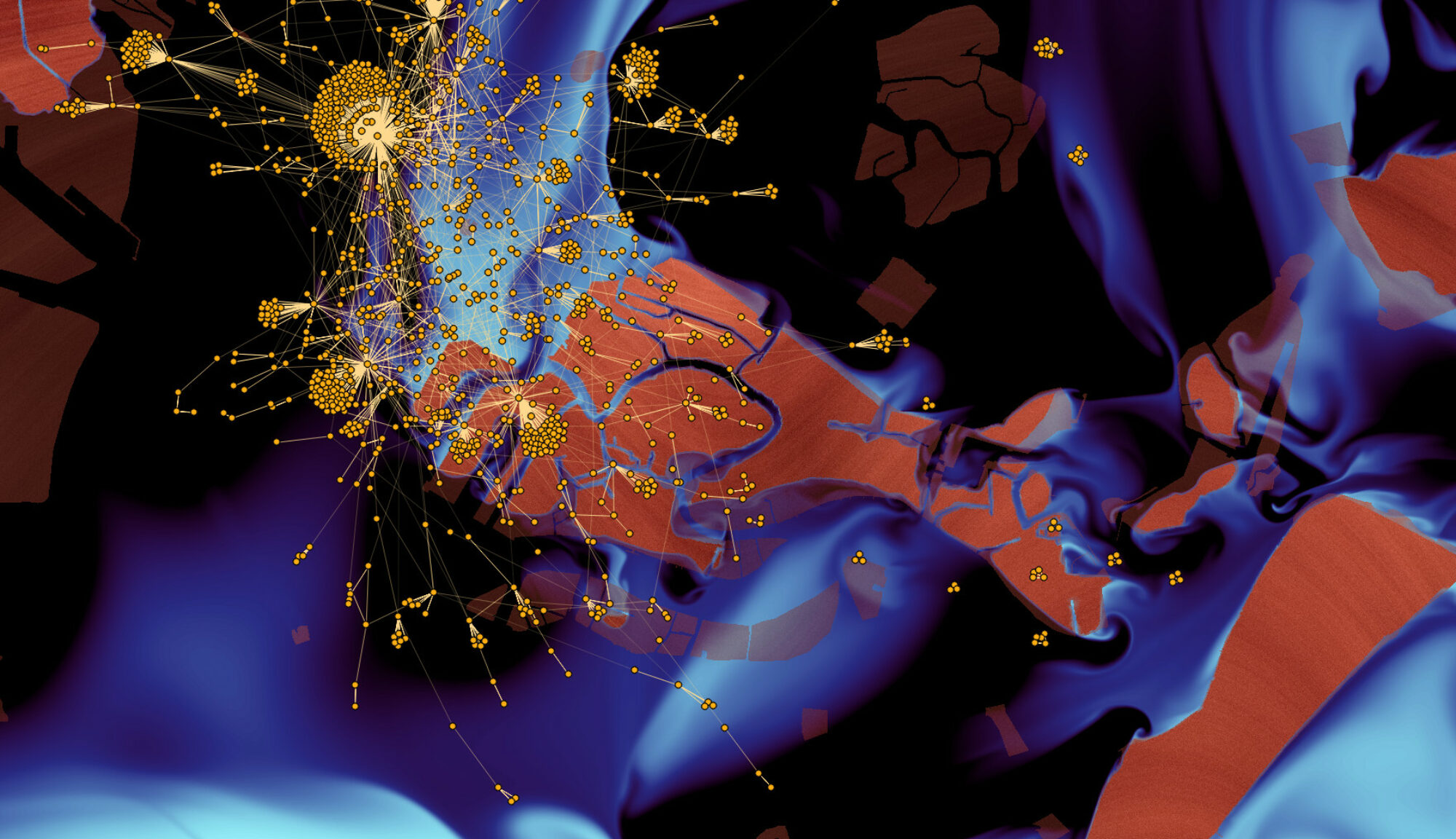Frédéric Ouédraogo, Clémence Magnien
Computer Communications, 34, 670-679, 2011
Maps of the internet topology are generally obtained by measuring the
routes from a given set of sources to a given set of destinations
(with tools such as traceroute). It has been shown that this
approach misses some links and nodes. Worse, in some cases it can
induce a bias in the obtained data, i.e. the properties of
the obtained maps are significantly different from those of the real
topology. In order to reduce this bias, the general approach
consists in increasing the number of sources. Some works have
studied the relevance of this approach. Most of them have used
theoretical results, or simulations on network models. Some papers
have used real data obtained from actual measurement
procedures to
evaluate the importance of the number of sources and
destinations, but no work to our knowledge has studied extensively
the importance of the choice of sources or destinations.
Here, we use real data from internet topology measurements to study this question: by comparing partial measurements to
our complete data, we can evaluate the impact of adding sources or
destinations on the observed properties.
We show that the number of sources and destinations used plays a
role in the observed properties, but that their choice, and not only
their number, also has a strong influence on the observations. We
then study common statistics used to describe the internet topology,
and show that they behave differently: some can be trusted once the
number of sources and destinations are not too small, while others
are difficult to evaluate.
Download
